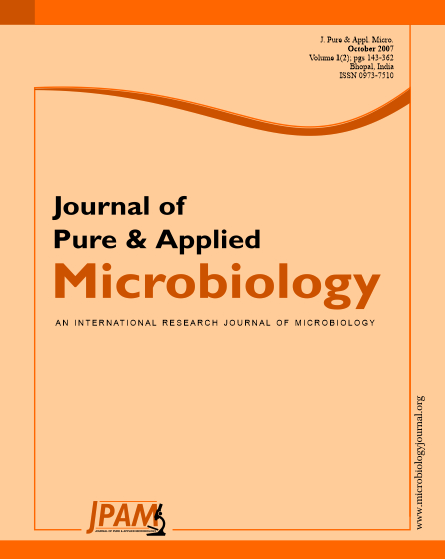A field study was performed to evaluate the response of cyanobacterial inoculation with three doses of mineral nitrogen (30,60 and 90kg N/ ha) and two moisture levels (continuous submergence and alternate drying and wetting) on yield, yield-attributing character of Kharif rice and post harvest organic carbon status of soil. It appears from the statistical analysis that the algal inoculation significantly increased the number of tillers and biomass accumulation of paddy. It was further investigated that BGA shown its better response at lower level of nitrogen (30k N ha). The impact of continuous submergence has clearly shown its positive effect on soil organic status but it did not make any significant difference on yield and yield attributing characters over wetting and drying.
Blue green algae, N levels and moisture levels
© The Author(s) 2007. Open Access. This article is distributed under the terms of the Creative Commons Attribution 4.0 International License which permits unrestricted use, sharing, distribution, and reproduction in any medium, provided you give appropriate credit to the original author(s) and the source, provide a link to the Creative Commons license, and indicate if changes were made.


